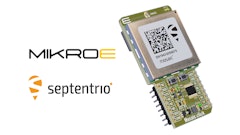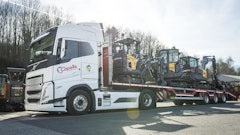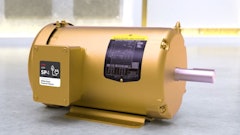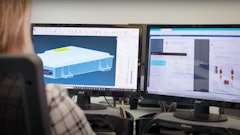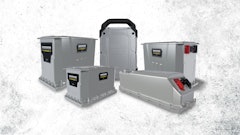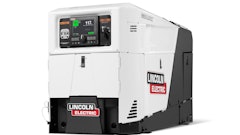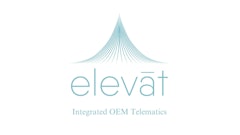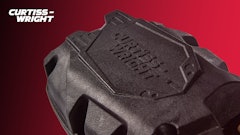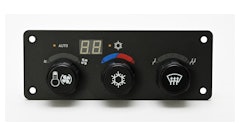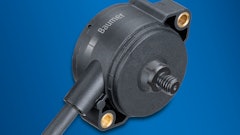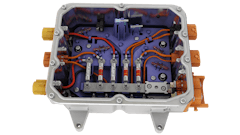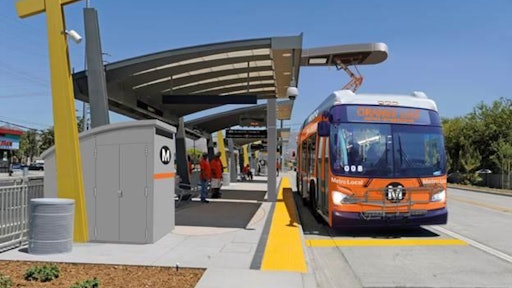
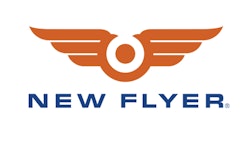
New Flyer of America Inc., a subsidiary of New Flyer Industries Inc., the largest heavy-duty transit bus and motor coach manufacturer and parts distributor in North America, announces that it is leading the effort and providing technical support towards the development of second generation on-route and depot charging systems for transit buses in North America. New Flyer’s design and manufacturing experience in electric buses dates back 40 years, and includes over 6,000 deliveries of diesel-electric, trolley-electric (with overhead catenary power), battery-electric and fuel cell electric buses.
Several professional organizations are actively involved in overhead charging standards development, including the Society of Automotive Engineers (SAE), the Electric Power Research Institute (EPRI), the American Public Transportation System (APTA), the Canadian Urban Transit Research and Innovation Consortium (CUTRIC), CALSTART, and the Center for Transportation and the Environment (CTE). The forthcoming standard is SAE J3105, electric vehicle power transfer system using a mechanized coupler. Similar standards for transit plug-in charging (SAE J3068) and wireless charging (SAE J2954) are also in process.
Chris Stoddart, Vice President of Engineering and Customer Service, notes, “New Flyer recognized when we introduced our first generation overhead charging system that the industry would come together with a second generation design that utilized completely interoperable charging infrastructure, and frankly, that’s what the customers are asking for. The system needs to have the same level of simplicity when parking at a bus stop, incorporating the safety and reliability provisions expected of our industry. With our direct involvement, an industry coalition has now been formed and is cooperatively moving forward, building upon the experience New Flyer gained with its first generation design and intellectual property. We appreciate the technical collaboration of all partners, including other bus manufacturers, equipment manufacturers and transit agencies who are actively contributing to these efforts. The role the Electric Power Research Institute in overseeing this coalition has been essential.”
New Flyer supports the common charging standards developed by European equipment manufacturers who have extensive expertise in high voltage rail. The industry standard system will include wireless communication, contacting plates and equipment that automatically connect the vehicles for power transfer. European bus manufacturers joining this effort include Volvo, Irizar, Solaris, VDL, along with charging system suppliers ABB, Heliox and Siemens.
Stoddart adds, “New Flyer has no intentions of manufacturing charging equipment or the associated power infrastructure. That’s no different than our approach to diesel, natural gas and hydrogen fueling systems. We view our role to contribute our extensive electric bus experience to engage highly qualified high voltage electrical equipment manufacturers in this effort and ensure their safe and cost effective charging systems interact seamlessly with the New Flyer Xcelsior, the industry’s best value and most reliable electric bus.”
New Flyer recently committed to participate in a proposed Pan-Ontario electric bus demonstration and integration trial. Stoddart notes the importance of collaborating in these types of demonsration programs with utility companies, transit agencies, and charging equipment manufacturers: “New Flyer’s objective in contributing our technical and financial resources is to provide solutions to the current barriers of adoption for battery-electric heavy-duty transit buses.” The outcome of these types of programs is expected to lead towards: reducing the cost of electric vehicle charging infrastructure, enabling technology development to support grid integration, enabling communication to manage vehicle charging loads, and support the harmonization of global transit infrastructure standards.
New Flyer assembles battery-electric buses from 35-60 ft., and has been a named bus and charging system provider on several announced U.S. Federal Transit Administration Low or No Emission Vehicle Deployment Programs. These programs include the deployment of New Flyer battery-electric buses with the Los Angeles County Metropolitan Transit Authority, Massachusetts Bay Transportation Authority (MBTA), Utah Transit Authority (UTA), Tri-County Metropolitan Transportation District of Oregon (TriMet), Alameda-Contra Costa Transit District and Capital District Transportation Authority (CDTA) of Albany, New York.






